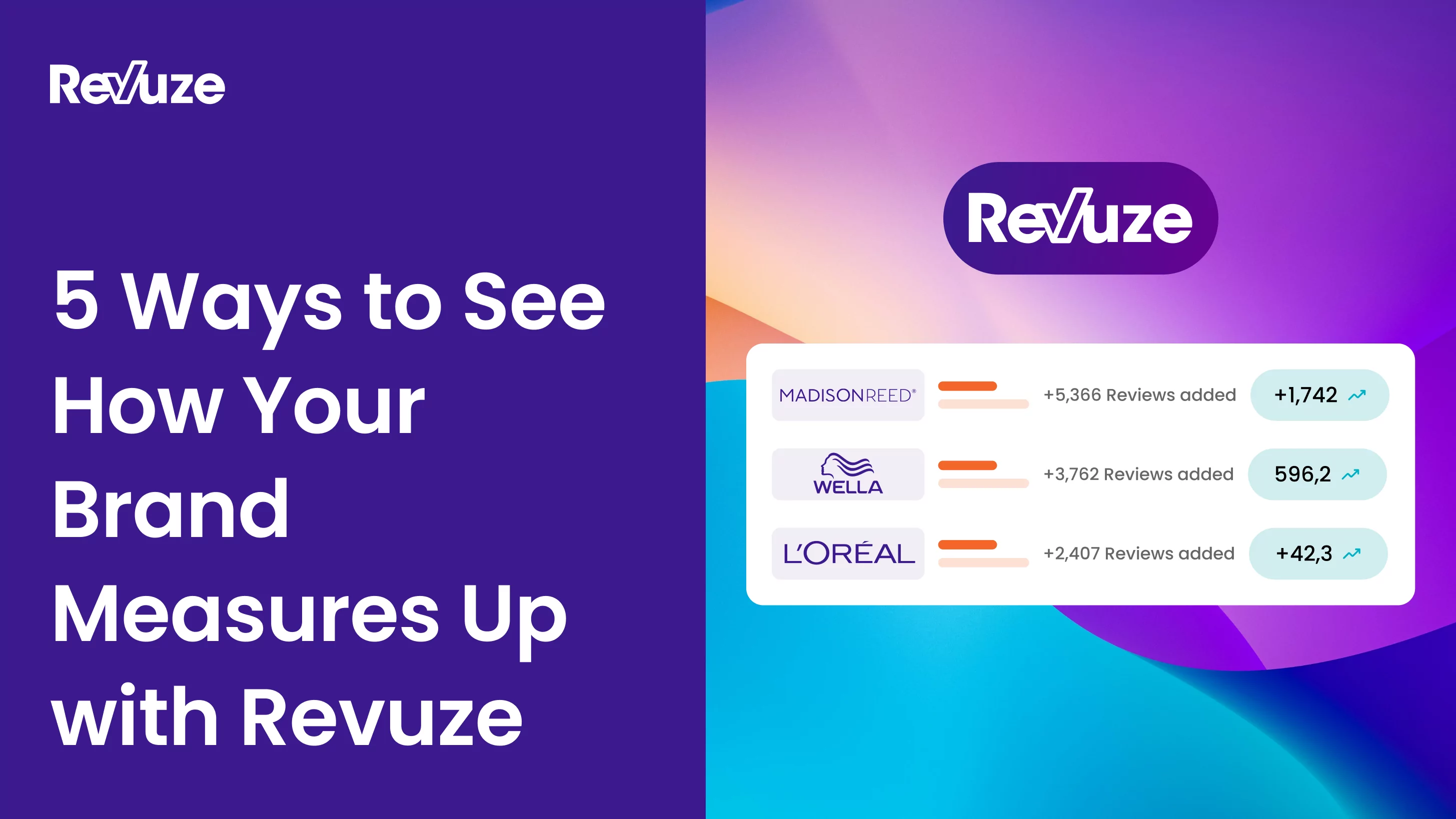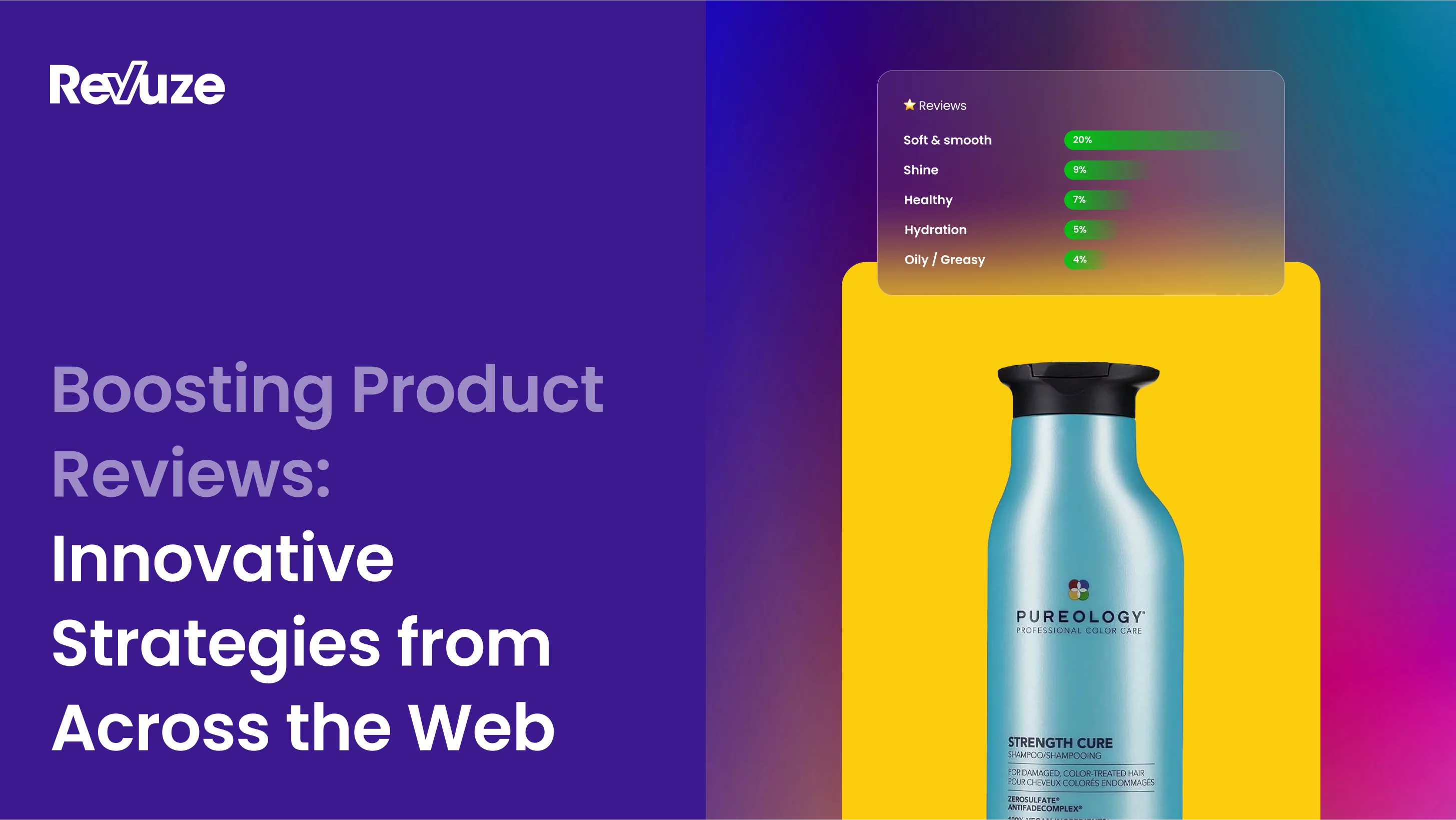
Let’s be honest. It doesn’t really matter how innovative your idea or product is. It’s all about whether customers need your service or product and whether they are willing to pay for it. So, in order to estimate and measure the possible success of a brand in a market, it is vital to understand the concept of Product-Market Fit (PMF).
This article will try to explain what is product market fit, why it is so important, and explore the ways to conduct and measure it.

What is Product Market Fit (PMF)?
Product/Market Fit was defined in a 2007 blog post by Marc Andreessen, as “being in a good market with a product that can satisfy that market.”
In other words, Product/Market Fit (PMF) is a way to assess whether a product or service will be successful in a certain market. For example, if a business has PMF, their product or service answers a problem for a big consumer market. And that product will easily and quickly sell. Simply put, if there’s a demand, it will sell.
Why is product market fit important in 2020?
The main advantage of identifying and measuring a Product/Market Fit is creating a foundation for marketing and brand innovation plans. The PMF shows if the product is viable, and puts a spotlight on consumers that are being underserved by existing products.
The data helps to better understand what customers are messing in the current market, like new products and features customers would like to see.
Businesses that don’t have PMF often suffer from low repeat sales, almost non existent word of mouth, difficulties in attracting media attention, and more.
How to achieve Product/Market Fit?
So far, We’ve explained what Product/Market Fit is and why it is so important for the success of a brand. But how can we measure it?
The Product/Market Fit has to be measured and tracked for new and existing brands alike. Here are the 5 major steps to efficiently conduct Product/Market Fit:
Step 1: Find And Identify Your Target Customers
Identifying current and potential consumer markets is the first step to assessing PMF. After finding the wider market, it is important to perform Customer Segmentation – dividing customers into smaller groups based on shared characteristics (similar needs, interests, lifestyles or demographic profiles).
Identifying customer sub-groups can provide a better analysis, and help businesses have a clearer understanding of their customers’ needs and desires.
Step 2: Identify Your Target Customer Needs
Once you’ve got your target audience, the task is to understand what are their needs. Especially, what customer needs are not being met. This information is used in product and service design, aiming to match customer’s desires and eventually improve Product/Market Fit.
Step 3: Define product value
The goal is to create a value proposition, to define what the product or service offers customers. Moreover, it is important to identify the innovative aspects a brand has in comparison to the current competition. Product value proposition focuses marketing strategies and often improves brand desirability.
Step 4: Test Your Product With Potential Customers
Showing real customers your product (or at least a prototype) is a sure way to get a more accurate feedback. Testing sessions provide a glimpse into customer experience, and performing good market research afterwards will give you valuable consumer insight. The information will allow improvements and modifications prior to product launch.
Step 5: Measure Product/Market Fit
The next step is to measure and analyze the data. There are two very popular ways to measure Product/Market Fit:
- Customer Lifetime Value (LTV) – Customer lifetime value (LTV) shows how much profit can be made from an average customer during the product lifecycle. The end lifetime value is affected by multiple factors, from customer service to the brand’s website interface. It is calculated based on estimated future earnings from a particular customer. The LTV helps identify market segments with the best growth potential, and determine resource allocation.
- Net Promoter Score (NPS) – The Net Promoter Score is an index ranging from -100 to 100, measuring the willingness of customers to recommend a company’s product or service to others. The answers are analysed and used for calculating customer satisfaction and assessing business growth potential. A high NPS means that customers like the product and service and will most likely spread positive word-of-mouth.
What is word-of-mouth marketing?
According to an article in the Harvard Business Review, how customers feel about a brand and what they will tell others about it directly influence revenues. Word-of-mouth marketing (WOM marketing) is influencing and encouraging positive word of mouth about a brand.
Nowadays, consumers rely more and more on word-of-mouth. Many people will check online reviews and social media posts before purchasing a product or service. Well, if a brand has Product/Market Fit encouraging and sustaining positive WOM marketing won’t be a problem.
Can Revuze Help Me Achieve Product Market Fit?
Well, the above mentioned Product/Market Fit measuring methods are great, but unfortunately very limited. Both Customer Lifetime Value and Net Promoter Score provide a narrow view of customer satisfaction and experience with a brand.
Basing Product/Market Fit on highly granular CX analysis can provide a much wider and more accurate view of the consumer market.
Revuze developed the first self-training, low touch AI technology that collects and analyzes customer feedback automatically and serves valuable insights. This innovative Artificial intelligenceI technology collects data from a variety of sources, such as online reviews, social media monitoring, emails, surveys, call center data, and more.
Revuze’s Self learning algorithms scan and analyze the data, providing highly granular customer feedback that helps measure and determine Product/Market Fit.
 All
Articles
All
Articles Email
Analytics
Email
Analytics








 Agencies
Insights
Agencies
Insights